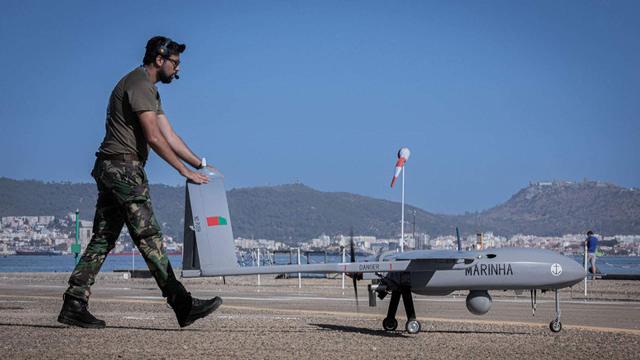The alliance received up-to-date information on the use of naval drones from Kiev and worked out scenarios where Russia is the main threat, experts say.
For the first time, Ukrainian military personnel took part in the leadership and coordination of the "enemy" forces at the joint NATO exercises REPMUS/Dynamic Messenger 25. This provided the North Atlantic Alliance with direct access to up-to-date combat information received by the Armed Forces of Ukraine in the combat zone. Under the guise of testing innovative robots and systems, the maneuvers in Portugal had much more specific and hidden tasks directly related to the current geopolitical confrontation, experts say. In their opinion, the alliance was actively working out scenarios where the main threat was the Russian Federation.
Lessons of Losing
The REPMUS/Dynamic Messenger 25 maneuvers took place off the Atlantic coast of Portugal and ended on October 3. The North Atlantic Alliance used them to test new marine robots and drones. The official purpose of the exercises is to train the military to protect critical facilities and counter modern threats.

Photo: nato.int
Image source: iz.ru
Izvestia reference
The exercise combined two events: REPMUS, a "laboratory" for marine robots and unmanned systems, and Dynamic Messenger (DYMS), part of the NATO operational testing program for new ideas.
"Ukraine has brought the realism of combat operations to training. The experience of using drones for coordinated strikes is especially valuable. For NATO, this has become an invaluable source of information that helps to develop new methods of countering real threats," the alliance's official website emphasizes.
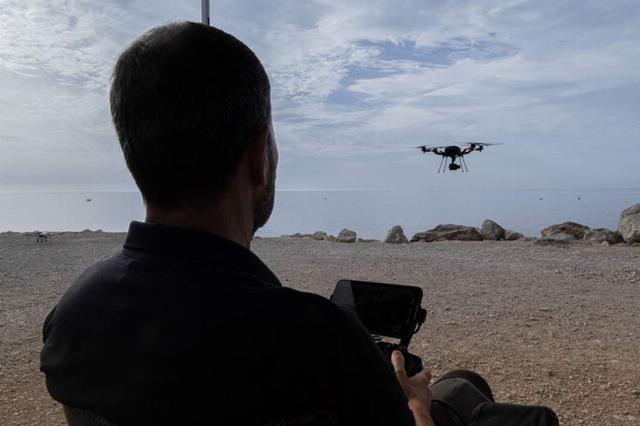
Photo: nato.int
Image source: iz.ru
For Kiev, participation in such a format officially consolidated its contribution to the operations of the North Atlantic Alliance. NATO representatives stressed that this event demonstrates the country's growing role in the bloc's exercises. About 4,000 military personnel from 22 member countries of the alliance participated in the maneuvers and 260 different systems and robots were involved. In addition, observers from 13 non-NATO countries were present, including Australia, Brazil, South Korea and Pakistan.
The involvement of the Ukrainian military in the leadership of the forces of the imaginary enemy in the Portuguese maneuvers is significant, but its importance should not be overestimated, military expert Alexei Leonkov believes.
— If Ukraine really had an overwhelming, positive military experience, as its propaganda claims, we would, of course, treat it as an opponent with a more serious strategic advantage. However, the objective reality is that in the course of its conflict, Ukraine demonstrates the experience of losing. It may be useful for NATO to study this model in order to understand how not to conduct military operations, or to try to learn from the struggle against a technologically and resourcefully superior enemy. It is worth recalling that historically, NATO has prevailed only over obviously weaker states that did not have sufficient funds for effective resistance," the expert said in an interview with Izvestia.
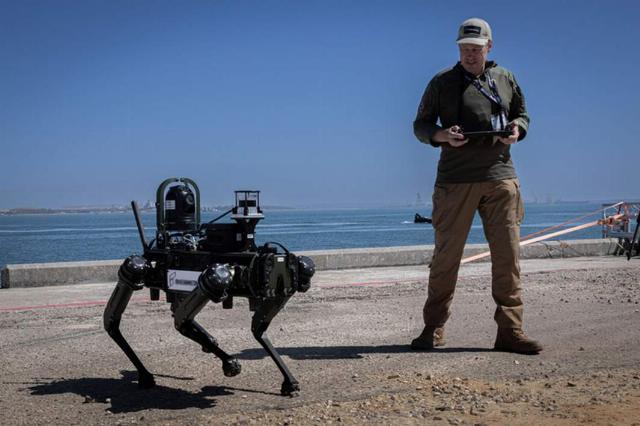
Photo: nato.int
Image source: iz.ru
Of real interest is the testing of marine robots and drones (unmanned boats, or backs), which were actively used against our forces in the Black Sea, said Alexey Leonkov.
"The appearance of backups in the CBO zone was an unpleasant surprise for our fleet," the expert reminded. — It turned out that many ships, especially amphibious ones, did not have standard means of protection against this new type of damage. While warships have AK-630-type installations capable of shooting a boat on approach, many amphibious assault ships simply did not have such weapons. Ukraine, including with the help of British instructors, was one of the first to use backups in real combat. Therefore, it is precisely this combat experience, which even her Western partners did not have, that she shares with NATO.
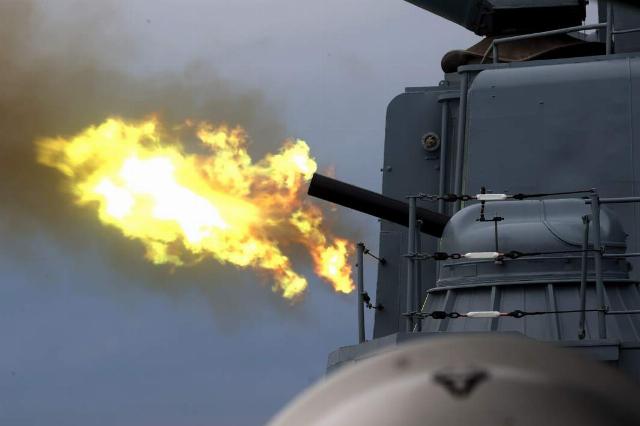
Photo: TASS/Sergey Karpukhin
Image source: iz.ru
However, this factor is not critical, Leonkov said. Our Navy is actively carrying out reforms and equipping ships with modern means of protection against backups. The initial effect of surprise has passed, and an active adaptation process is underway. The Russian armed forces are also conducting exercises, which are working out both the methods of using these boats and ways to effectively protect against them.
Thus, if Ukraine shares something valuable, it is rather not the secret of victories, but the tactics of applying new technological threats in a real conflict. And we have already learned this lesson and are actively working on countering it, the expert summed up.
What NATO practiced during exercises in the Atlantic
The training involved warships from the NATO Permanent Naval Group No. 1 (SNMG1) and minesweepers from the NATO Permanent Mine Action Group No. 2 (SNMCMG2). Several ships have practiced protection against drones, simulating attacks from both the air and the sea.
In the mine control phase, a group of sapper divers from France tested advanced robots. One of them, the A9—M (autonomous underwater vehicle), is designed to search for mines, survey the seabed and explore. The second one, Pivot (a remote—controlled device), was used to more thoroughly inspect what the A9-M. had found. The data obtained from the sonars was analyzed already on shore.
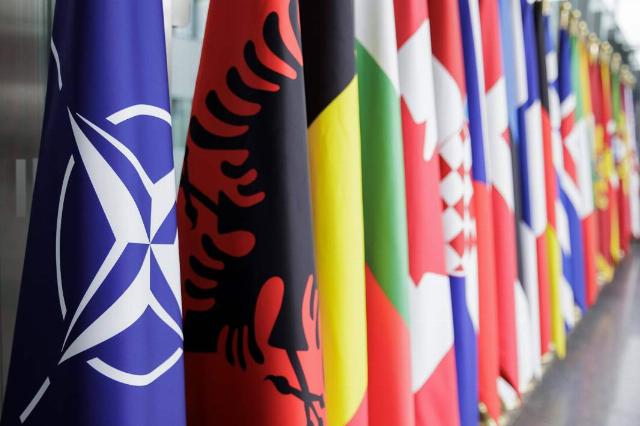
Photo: Global Look Press/IMAGO/Janine Schmitz
Image source: iz.ru
In addition, during the maneuvers, the military practiced the use of drones for continuous reconnaissance, tracking and target detection. For the first time, we tested the Mainmail system, which combines data from different sources. It issues early warnings about possible sabotage on critical underwater infrastructure such as cables.
The stated goals are much more specific and hidden tasks that are directly related to the current geopolitical confrontation, military expert Vasily Dandykin believes.
— Firstly, intensive testing of anti—drone systems, both aerial and naval, is a direct consequence of the growing paranoia in NATO countries, in particular in the Baltic. The practice of neutralizing drones and surface unmanned aerial vehicles during the exercises directly indicates the focus of the fight against Russian assets and threats, which the alliance apparently considers as a priority, " he told Izvestia.
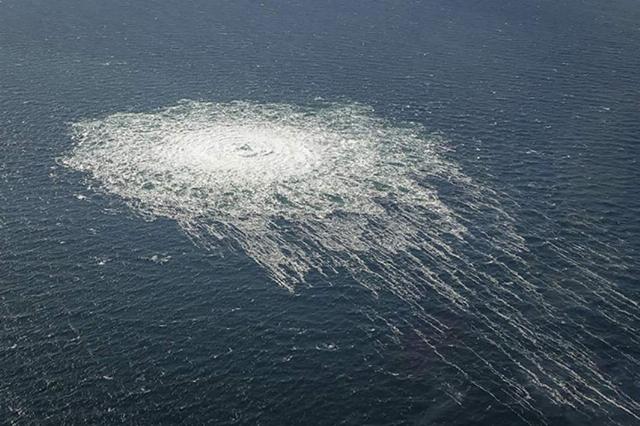
Photo: Global Look Press/Danish Defense
Image source: iz.ru
Secondly, according to the expert, the introduction and testing of new underwater robots in the Atlantic is certainly aimed at combating Russian submarines. This is an obvious element of strengthening NATO's anti-submarine defense, which perceives our submarines as one of the main strategic threats.
— Thirdly, statements about infrastructure protection are ambivalent. It became particularly relevant after the sabotage of the Nord Streams. The alliance first accuses Russia of trying to damage the infrastructure, and then throws everything at the Ukrainians in an attempt to neutralize the consequences," he explained. — They are definitely pleased that the organization, which was supposed to leave with the Warsaw Pact, is experiencing a renaissance in their understanding. And the exercises in various locations — from the Gulf of Finland to Portugal — indicate the agitation of the entire bloc, attempts to demonstrate strength and readiness to act against us.
Thus, under the guise of "weapons testing", NATO is actively preparing for a possible confrontation in all directions, working out scenarios where the main threat is the Russian Federation. Moscow must maintain its composure, but at the same time be ready to give an adequate and tough response to any aggressive actions or provocations, including those of a non-military nature, Vasily Dandykin concluded.
What kind of marine drones are being created in Russia
Earlier, Izvestia wrote that Russia has stepped up the development of marine drones. Nikolai Patrushev, Assistant to the President of the Russian Federation and Chairman of the Maritime Board, announced an increase in work in this direction in the summer. According to him, the focus is now on technological developments, including underwater vehicles for oceanographic research and work under the ice.
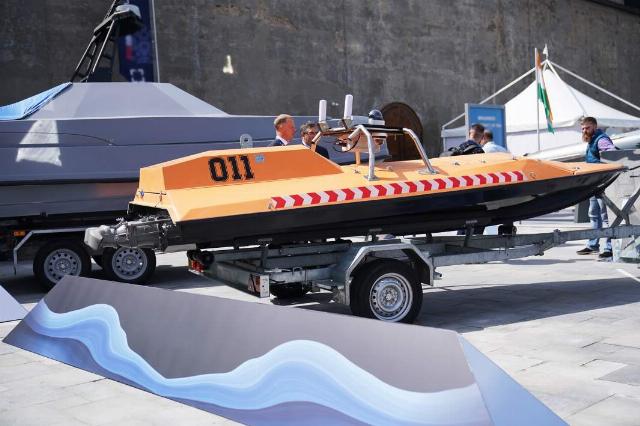
Crewless boat "Orkan"
Image source: Photo: IZVESTIA/Sergey Lantyukhov
"Anti-mine complexes and unmanned systems of various types are being created, characterized by high tactical and technical characteristics. The range of some of them can reach 10,000 nautical miles (18,500 km), and control is carried out from anywhere in the world thanks to satellite communication systems," Patrushev said.
At the same time, he noted that in parallel, there is an active introduction of innovative materials, modern means of communication and control of the situation, as well as engines and software. Special emphasis is placed on artificial intelligence technology.
Julia Leonova
